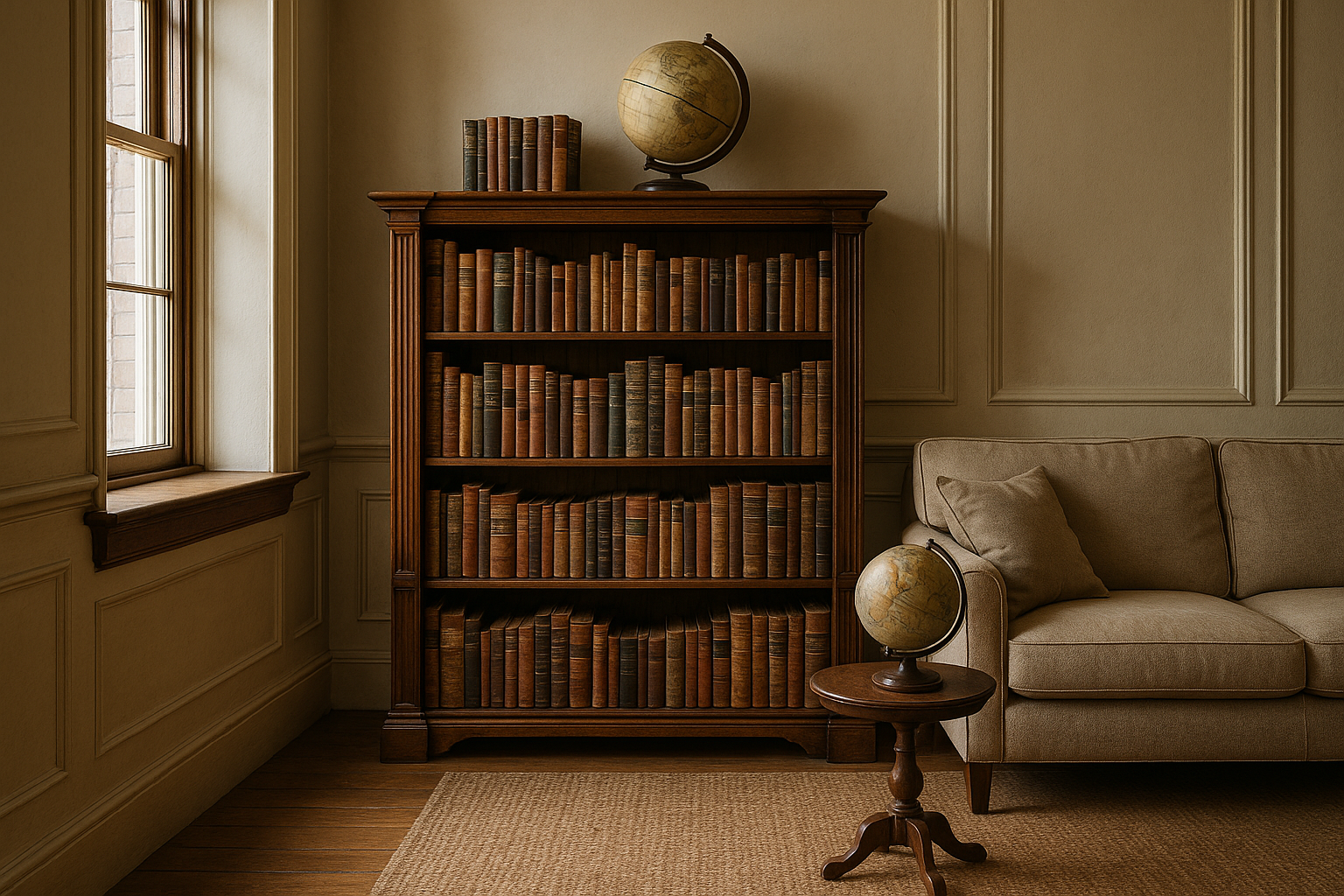Transform Any Space With Antique Interior Design Secrets
Transforming your space with antique interior design secrets can elevate your environment into a timeless masterpiece, and by following the options to browse options, you can start your journey to a more sophisticated and unique home today.

Understanding Antique Interior Design
Antique interior design is a style that embraces the charm and elegance of the past, incorporating elements that are at least 100 years old. This design approach is not just about filling a space with old items; it's about creating an atmosphere that tells a story and evokes a sense of nostalgia. Whether you're looking to add a touch of vintage glamour or fully immerse yourself in a bygone era, antique interior design offers endless opportunities to express your individuality.
Benefits of Antique Interior Design
One of the primary benefits of antique interior design is its timeless appeal. Unlike modern trends that can quickly become outdated, antiques have a classic quality that remains stylish for decades. Investing in antique pieces can also be financially beneficial. According to experts, well-maintained antiques can appreciate over time, potentially offering a return on investment1.
Moreover, antique design promotes sustainability. By choosing pre-owned items, you're reducing the demand for new materials and supporting a more eco-friendly lifestyle2. This can be particularly appealing if you're environmentally conscious and looking to make more sustainable choices in your home decor.
Key Elements of Antique Interior Design
To successfully incorporate antique elements into your home, focus on a few key components:
1. **Furniture**: Look for pieces with intricate woodwork, such as Victorian chairs or Edwardian tables. These items often serve as focal points in a room and can be found at antique shops or online marketplaces.
2. **Decorative Accessories**: Incorporate items like vintage clocks, ornate mirrors, and antique rugs. These accessories can add depth and character to your space without overwhelming it.
3. **Color Palette**: Opt for muted tones and rich, deep colors that reflect the era you're emulating. Earthy hues, pastels, and jewel tones are commonly associated with antique design.
4. **Textiles**: Use fabrics like velvet, silk, and lace to add texture and luxury. Consider drapes, cushions, and upholstery that feature traditional patterns.
Real-World Examples and Inspiration
Consider the home of renowned interior designer, Joanna Gaines, who often incorporates antique elements into her designs. Her approach blends rustic charm with modern functionality, creating spaces that are both beautiful and practical3. Similarly, the historic Biltmore Estate showcases how antique design can be both grand and inviting, with its extensive collection of period furniture and art4.
Exploring Antique Design Options
If you're ready to start transforming your space, there are numerous resources available. Visit websites like 1stDibs or Chairish to explore a wide selection of antique furniture and accessories. These platforms offer curated collections from reputable dealers, ensuring authenticity and quality. Additionally, attending local antique fairs can provide hands-on opportunities to discover unique pieces and negotiate prices directly with sellers.
Incorporating antique interior design into your home can be a rewarding endeavor that combines aesthetic appeal with historical significance. As you explore these options, you'll not only enhance your living space but also create a personal sanctuary that reflects your taste and values. By taking the time to search options and visit websites dedicated to antique decor, you can find the perfect pieces to complete your vision.